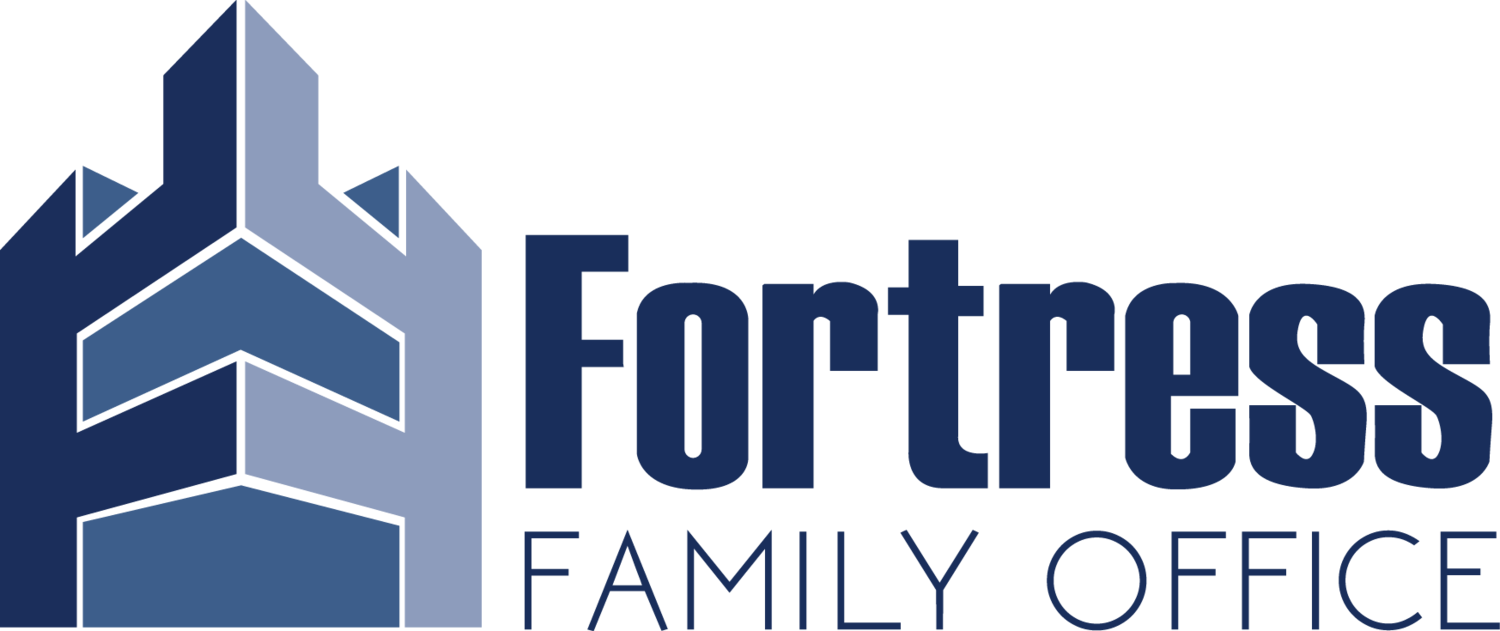The US Federal Reserve is between an economic policy rock and a hard place. They are committed to reducing inflation to 2%. To do that they need to raise interest rates. They have increased interest rates from 0.08% Nov 2021 and are now at 5.33%. Inflation is falling. In the USA, inflation was 9.1% Jun 2022 and is now 3.7%. But it’s not at 2% yet. As much as it’s come down, hitting the target is proving to be sticky.
So, that is the conundrum. To solve it, the Fed can take one of two paths:
A. They raise rates until they get to 2% inflation, or
B. They raise rates and stop before it gets to the target hoping that momentum carries it through to the 2% target?
The problem is that there is a very real time lag between raising rates and seeing its effects flow through to the economy.
With option A, if they increase and hold rates until the targeted inflation rate is reached then it is almost certain that the months that follow will see the time lag impact the economy very significantly. It will likely cause a recession. Interest rates will then need to be cut quickly to offset the damage. But there will certainly be economic damage.
With option B, the risk is that inflation rears its head again if they stop too soon. It also begs the question of when you stop raising and how long they should hold rates for before realising inflation isn’t going to reach the target. Higher inflation, if it becomes entrenched, is an economic cancer that will riddle a nation’s stability.
Right now, in spite of all the interest rate increases, the US economy is surprisingly quite strong. Normally a strong economy is good news for investors because it generally translates into good business conditions and in turn good returns for shares. It would normally be bullish for the share market.
So why am I bearish when the US economy is relatively strong?
It’s because it means that while inflation has come down, the underlying strength of the US economy indicates that so far, the rate increases haven’t yet slowed the economy enough. To get to the 2% inflation rate sustainably will require some economic pain. At the moment, too many of the key indicators such as unemployment and GDP still seem to be running too hot. Unless the US economy starts to slow, I think it means that rates in the US may go up further during 2024.
After trying to manage the inflation issue using option B, I think that in the end the US Federal Reserve will need to revert to option A. It will result in significant economic consequences including a recession. That’s why I am bearish on stocks and the economy. I think the relative strength we continue to see only means that the interest rate environment stays higher for longer until they get inflation well under control. Achieving that will ultimately mean the central bank will break something in the economy.
General Advice Disclaimer: This information is of a general nature only and may not be relevant to your particular circumstances. The circumstances of each investor are different, and you should seek advice from an investment adviser who can consider if the strategies and products are right for you. Historical performance is often not a reliable indicator of future performance. You should not rely solely on historical performance to make investment decisions.
